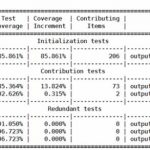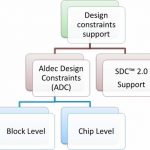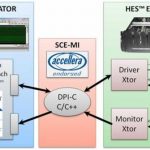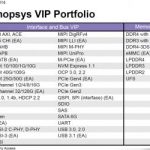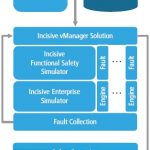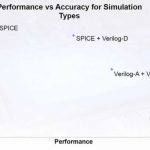You are currently viewing SemiWiki as a guest which gives you limited access to the site. To view blog comments and experience other SemiWiki features you must be a registered member. Registration is fast, simple, and absolutely free so please,
join our community today!
Verification in general suffers from a couple of fundamental problems. Availability of models and performance of different levels of representation.
The first problem, availability of models, is that you would like to start verification as soon as possible but all the representations are not ready early enough. Obviously … Read More
In the modern SoC era, verification is no longer a post-design activity. The verification strategy must be planned much earlier in the design cycle; otherwise the verification closure can become a never ending problem. Moreover, verification which appears to be complete may actually be incomplete because of undetected issues… Read More
“Most interior paint covers with one coat.” Back when there was something called a newspaper, this was an actual blurb in the home improvement pages, section 3, part 8, page 5 of the Chicago Tribune on Sunday, August 13, 1961. Even then, marketers were catering to consumers looking to cut corners and save time, and one-coat coverage… Read More
Using an assertion is a sure shot method to detect an error at its source, which may be buried deep within a design. It does not depend on a test bench or checker, and can fire automatically as soon as a violation occurs. However, writing assertions manually is very difficult and time consuming. To do so require deep design and coding… Read More
As design complexity and size is increasing, SoC verification has become one of the most difficult and time consuming tasks in the design closure.UVM (Universal Verification Methodology, an accellera initiative) is one of the best verification methodologies that support common language, coherent strategy, clarity and transparency… Read More
EDA verification tools generally do a great job of analyzing the written rules in digital design. Clock domain crossings (CDCs) are more like those unwritten rules in baseball; whether or not you have a problem remains indefinite until later, when retaliation can come swiftly out of nowhere.
Rarely as overt or dramatic as a bench-clearing… Read More
Debate rages about which approach is better for SoC design: simulation, or emulation. Simulation proponents point to software saving the need for expensive hardware platforms. Emulation supporters stake their claims on accuracy and the incorporation of real-time I/O. A few years back, some creative types coined the term SEmulation,… Read More
Last VIP News of 2014by Eric Esteve on 12-22-2014 at 11:00 amCategories: IP, Synopsys
It’s likely that most of the current Semiwiki readers didn’t read this article posted in 2011, comparing Cadence and Synopsys with the Soviet Union and the USA, sharing the world in 1944 during the Yalta Conference. I was explaining in my post that Synopsys’s strong influence was on Design IP when Cadence’s preferred domain was … Read More
In today’s world where every device functions intelligently, it automatically becomes active on any kind of stimulus. The problem with such intelligence is that it can function unfavorably on any kind of bad stimulus. As the devices are complex enough in the form of SoCs (which at advanced process nodes are more susceptible to … Read More
With advances in available IP, mixed signal design has become much easier. Mixed signal verification on the other hand is becoming more complicated. More complexity means more simulation, and in the analog domain, SPICE-based techniques grinding away on transistor models take a lot of precious time. Event-driven methods like… Read More


